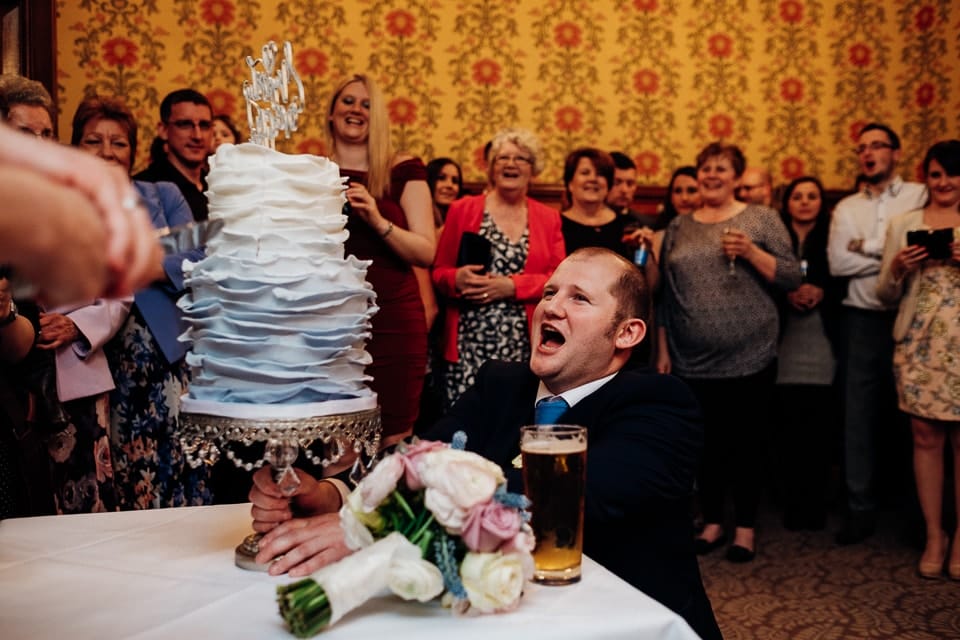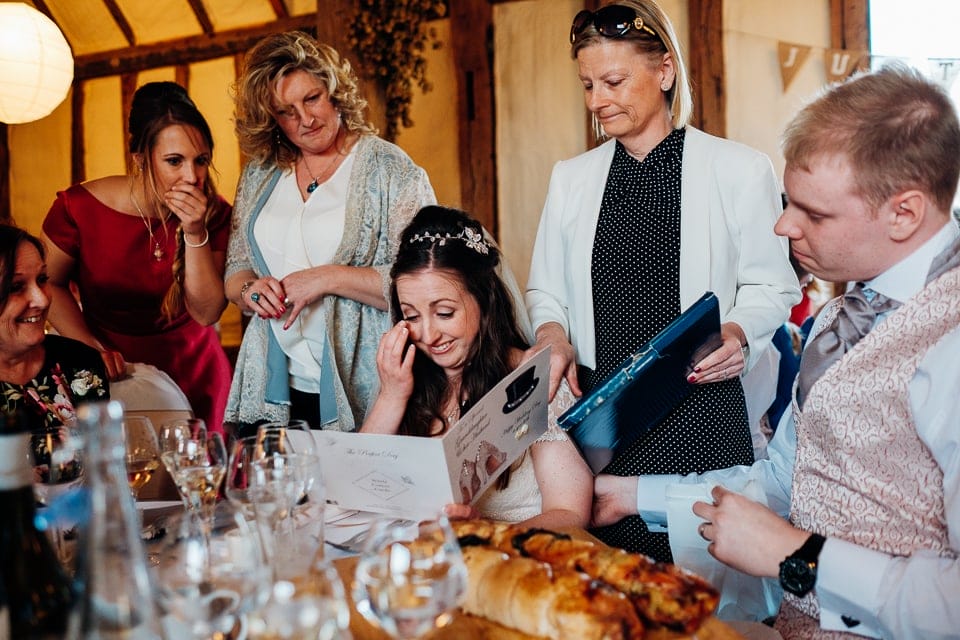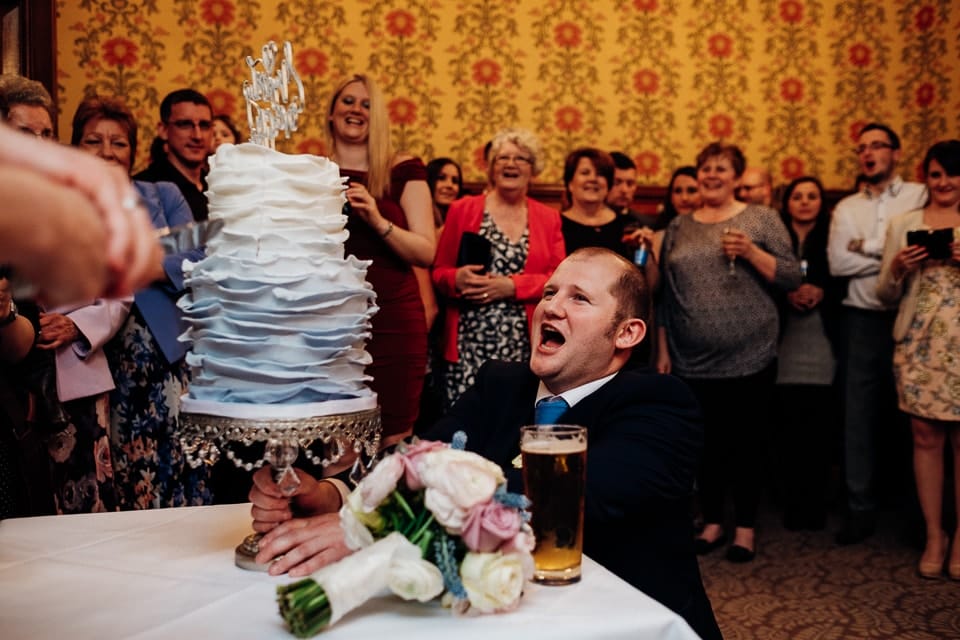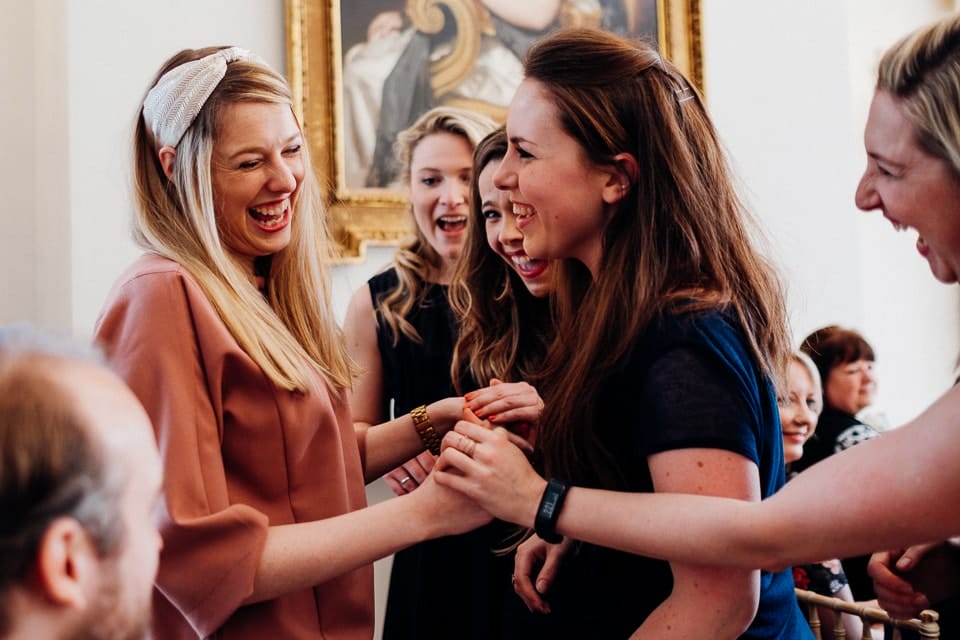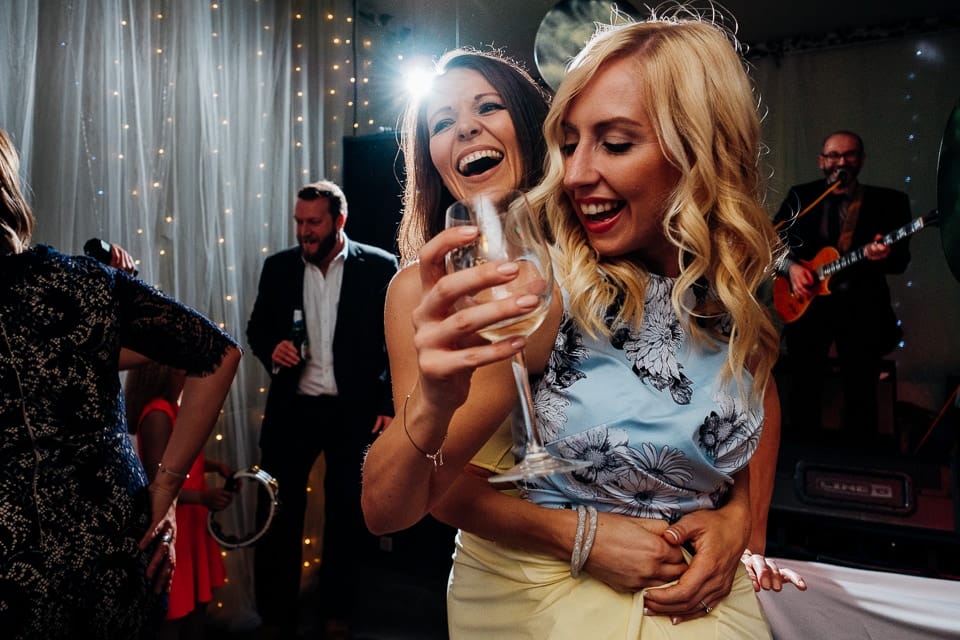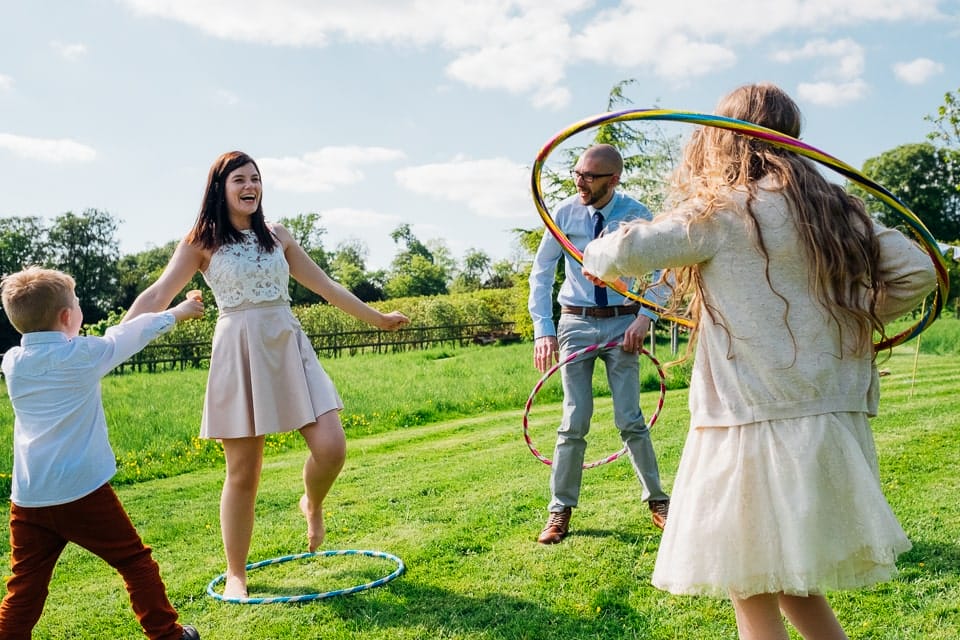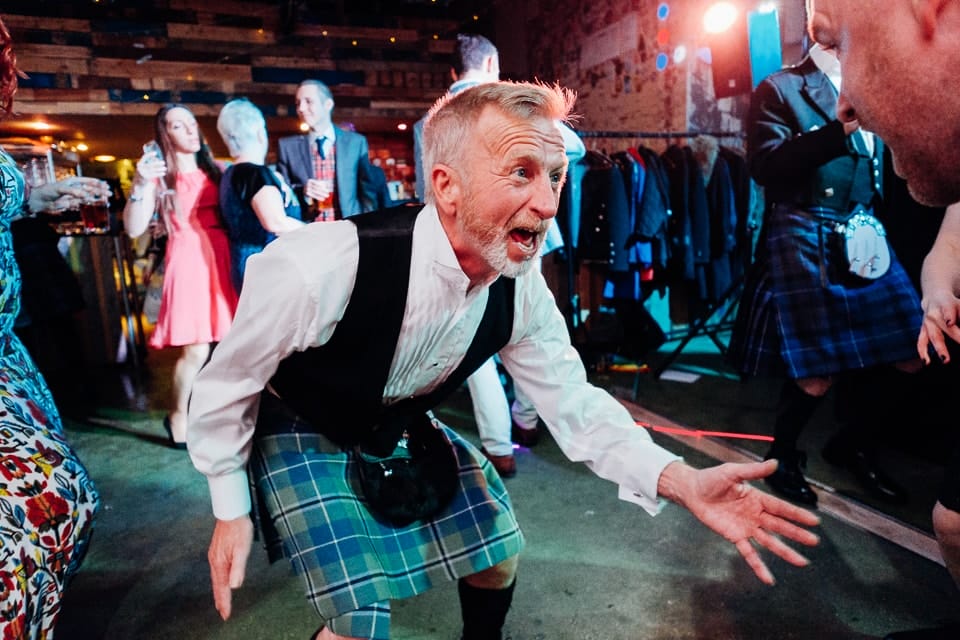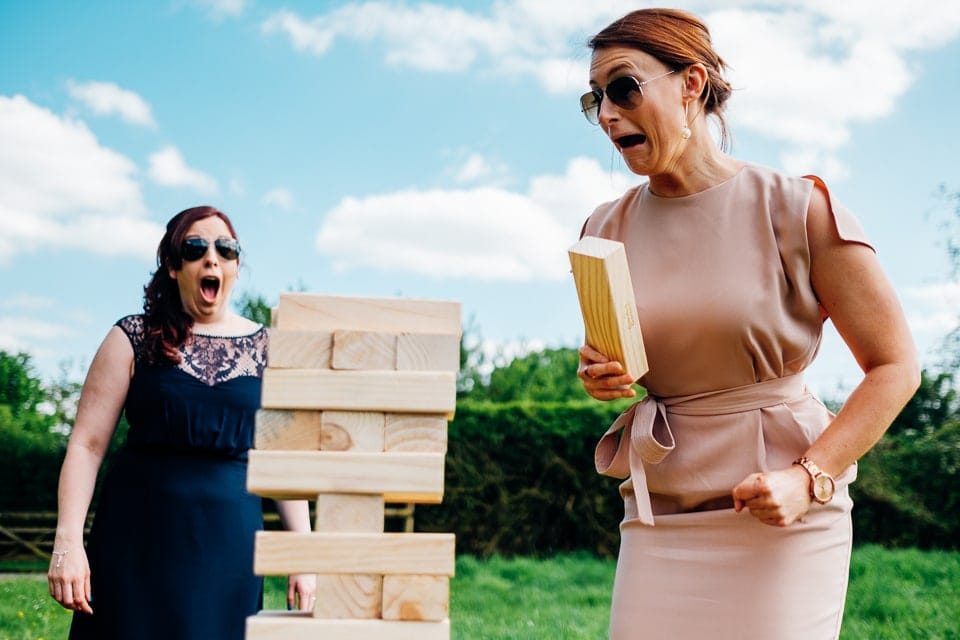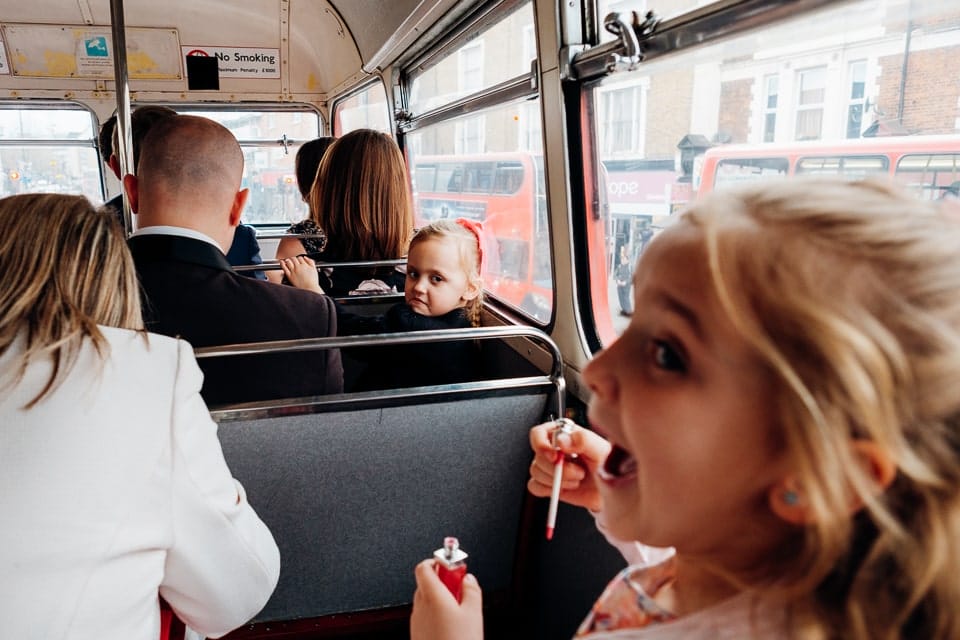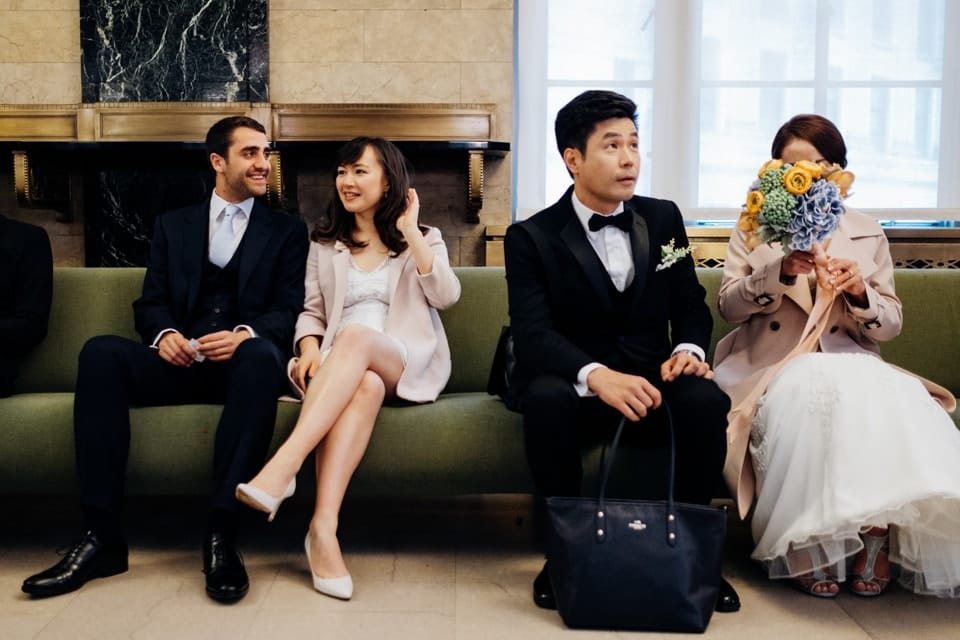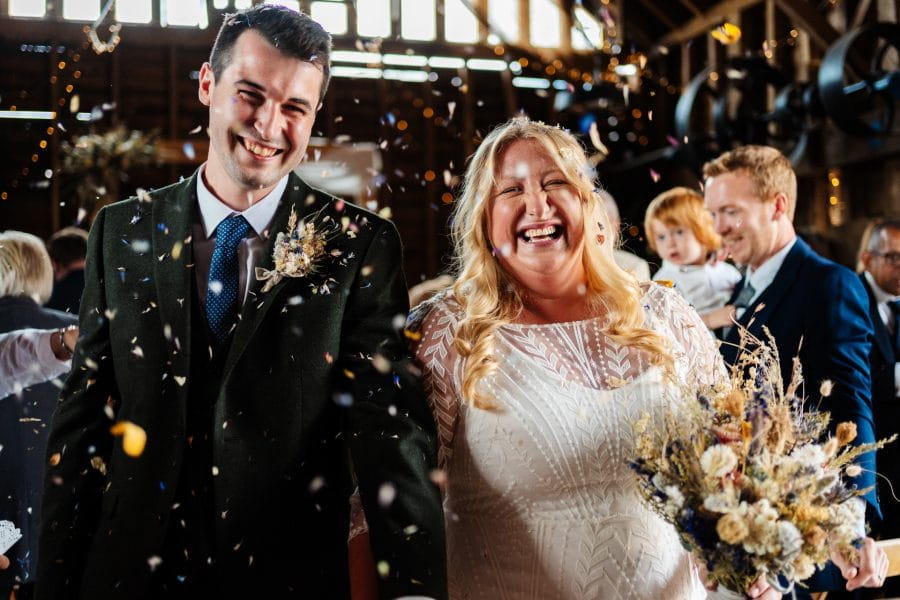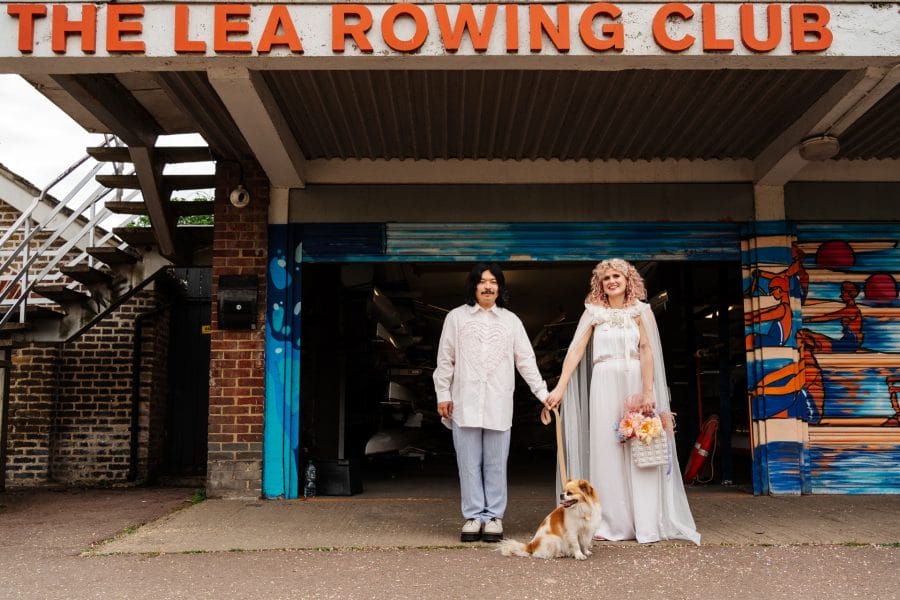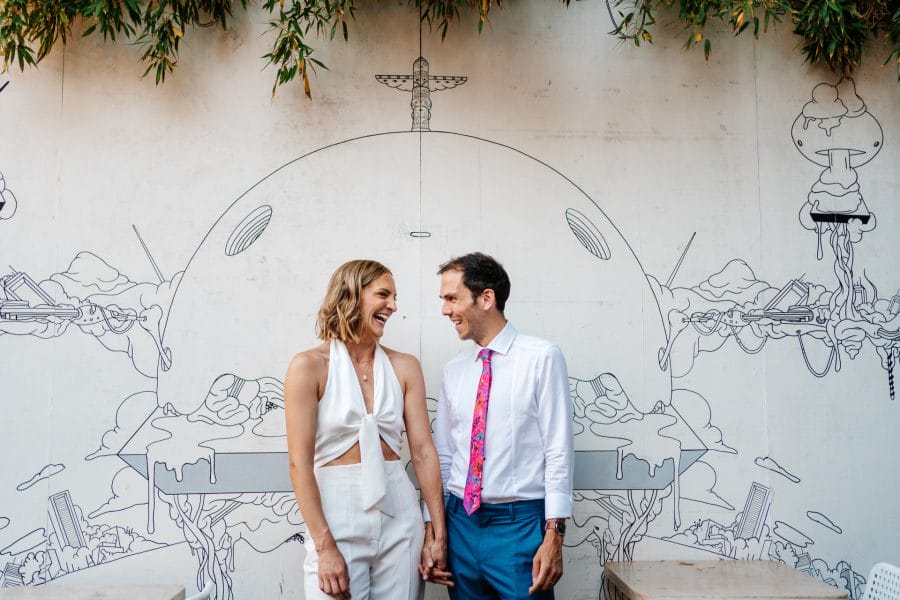Argh, yes I’m doing it! I’m switching from Camp Nikon to Team Fuji (or La Fooj as I like to call it). If you’re considering the switch too you’ve probably already read a kazillion reviews out there with all the technical reasons why you might want to switch. OMG the flippy flappy is so quiet! The camera is so light I can get at least 5.7 extra metres distance when I shotput it compared to my Nikon DSLR. The lenses are so like real cameras. Like REAL REAL REAL cameras. Anyway you get the jist. It’s needless to say that there’s lots of technical pros and cons for both a mirrorless and a DSLR system listed all over the Internet. The thing is though, when you’re shooting weddings, the things like megapixel numbers won’t matter at the time. What you REALLY want to know are the little things, like handling, can I retain what I loved about my DSLR in a mirrorless etc. etc.? What’s the actual experience like of using a mirrorless Fuji and what pitfalls do I need to be aware of when using it professionally?
I’m trying to make sure this doesn’t get too wordy, so I’ll just shut up and launch into any and all thoughts I’ve had from my conversion experience specifically to an xpro2.
1. In af-c mode, the camera focuses BEFORE the lens hunting noise stops.
This is something that really threw me when shooting- when I used Nikon I’d rely on feeling and hearing the lens stop to know when to go, even if I was using af-c-Nikon, the hunting noise it makes really reduces once you’re in the ball park so you just KNOW. On La Fooj, the noise carries on in a constant sound at least a good second past it. This is fine when shooting confetti/processional etc.- because you just need to aim, focus and trust the camera as the couple go. And I can confirm the hit rate on the af-c is brilliant. Expect a 9/10 rate at the worst. It’s like joining Dauntless in that Divergent film, you take the leap of faith and it rewards you (but doesn’t stab you in the back blah blah spoilers). I think actually part of why I found this a real boner at the start was because I used to use BBF and the idea of that was you kept it in af-c for everything, with the thumb release acting as af-s. I just don’t think it’s feasible to treat the fooj this way. If I use BBF (which I rarely do now, see point 3.) I have it in af-s because for any relatively still objects it’s not worth using af-c, it’ll just throw you off your game.
2. Prepare to switch batteries like a mother*cker
Bad news is you have to think of the battery change as when you had to swap out cards between parts of the day. The good news is you can pick up cheap third party batteries for only £10 vs. Fuji’s £60 on amazon. I reckon each battery churns through about 400 shotsish, but it completely depends on what type of view mode you’re using i.e. eye sensor/LCD, whether it’s ovf or evf etc. I believe the best battery saving combos are OVF on viewfinder only and turning down the performance level but to be honest it’s better to shoot with whatever settings you find comfortable and just burn through the batteries
3. Shooting blind with flash
If you’re using EVF and flash, prepare to shoot blind. The camera is fantastic in the sense that it will be able to focus on areas of low contrast you cannot even see in the viewfinder. But yeah, I mean you also cannot see it in the viewfinder. This applies to using flash because you’re usually a bit under with the available light settings and are adding in the flash after. The EVF shows you what your final shot looks like with the settings pre flash, not post. So the EVF will appear dark as heck. This doesn’t apply to shooting available light in dark scenarios- if you’re shooting available light no flash you’d expose correct in the camera, thus you should be able to see what you’re doing. A solution lots of people use is to use the OVF for the first dance and party shots. Sometimes I take my eye just away from the viewfinder so I can keep an eye on what’s going on.
Edit: The lovely Jack Davolio told me a sneaky work around! When shooting night flash stuff with EVF, if you go to the screen settings and change preview from WB/exp to just WB it’ll show you the actual available light instead of the settings exposure, thus you’ll be able to see with EVF!
4. The 14 2.8 lens is definitely not on par with the 1.4
It’s a great lens in general but it cannot achieve AF the same as the 1.4 lenses. Not sure if this is to do with the reduced light capability but yeah, no, Iwill pretty much only use this in the daytime or use it with zone focusing technique. If you want to have a more reliable AF on an extra wide prime, try the 16 1.4
5. Flash = Nissin i40
Fuji don’t currently have great flash options- so lots of people use the Nissin i40. If you are shooting in burst mode however, put the flash into manual NOT TTL. For some reason TTL can’t keep up with the xpro2’s burst mode, maybe because it’s a tommy gunning 8fps, but manual on the flash can and works much better! It zooms, swivels, has a small videolight- does everything the sb700 does despite it’s tiny mouse size. For off camera flash I recommend using the Cactus v6 trigger/receiver system with your old Nikon/Canon flashes.
6. Always update the firmware.
That says it all. It’s much more electronic than a DSLR and isn’t faultless but I commend Fuji for addressing everything they can with firmware updates. When I shot with my Nikon df I basically just accepted that the Auto-iso measure would spike and overexpose until I turned it off and on!
7. Switching the aperture and shutter speed control to the dials
I’ve been asked: can you control the shutter, iso and aperture by the small dials on the right hand side? It’s a yes and no. Here’s how it breaks down.
Shutter speed– yes- you can choose to have it through the front or back dial by setting the top dial to T
Aperture– The menu gives you the impression you can control the aperture by the dials but this is ONLY if you are using a lens without an aperture ring. All their modern lenses tend to have an aperture ring so I think it’s more when using old lenses
Iso– Iso is handled by the top dial with a lifting mechanism. I’d really like to suggest to fuji that they give you to option to assign this to a dial as I don’t find it all that ergonomic and often accidentally change the shutter speed if I don’t lift the top dial cleanly.
8. How fast is the AF and shutter lag compared to a DSLR
I used to own the x100s and discarded it quickly because I couldn’t work with the AF and shutter lag, I would say with the xpro2 it depends on what you’re comparing it to- it won’t be on par on many levels with the D4 and better spec cameras but if you’re coming from a middle sized DSLR I think you’ll be ok with the fuji. The main difference I find to the AF is not whether it’s slower, but that without the loud mirror flap it feels less… decisive. The AF-C is great and can definitely keep up with the confetti and processional/recessional as well as a DSLR, so I don’t believe the AF is slower. Sometimes I miss some quick moments but that could be down to user error (i.e. I wasn’t on the ball in time) and or the level of feedback I’m used to for responding on the shutter (see 1.) There’s shots I get with the fuji which I don’t think I would have gotten with my old DF, especially in the dark.
9. Silent mode
A lot of people are considering mirrorless because they want to be quieter in churches. To use silent mode you switch into the electronic shutter. The mechanical shutter still makes the tiniest noise but to be honest I am happier using that as it stops banding in certain lighting conditions and it is still quiet enough for discreet ceremonies. To put it into context, one second shooter told me she thought I wasn’t taking any photos at the front of the church because she couldn’t hear me. I’ve taken shots right on a guests’ shoulder before without them turning around. So in short you will hear a small shutter going, but not many others will!
10. Using it with the Spider Holster
If you’ve seen my other review of the Spider Pro Dual Holster you’re maybe a fellow user! As the fuji body is so much flatter than a DSLR, you can’t use the normal pro plates- instead you need to get a black widow pin and wrench that into body, and then you can use the belt as usual.
11. The differences between EVF and OVF
There’s two viewfinder options that make the xpro2 unique- it has both an electronic and optical viewfinder. The OVF is like an old school rangefinder and I’m guessing was included as a homage to the rangefinder style body.
OVF
Pros: less battery drain // can see subjects entering the frame so it’s good for timing documentary // no black out with the shutter
Cons: the alignment of the frame is different due to the position of the lens vs. the viewfinder // you don’t see the final image before you press the shutter
EVF
Pros: you can see the final image including exposure, WB and accurate framing “live” before taking the shot
Cons: Greater battery drain
If you have any questions about the Fuji xpro2 handling feel free to ask them in the comments below and I’ll add them to this list!!

